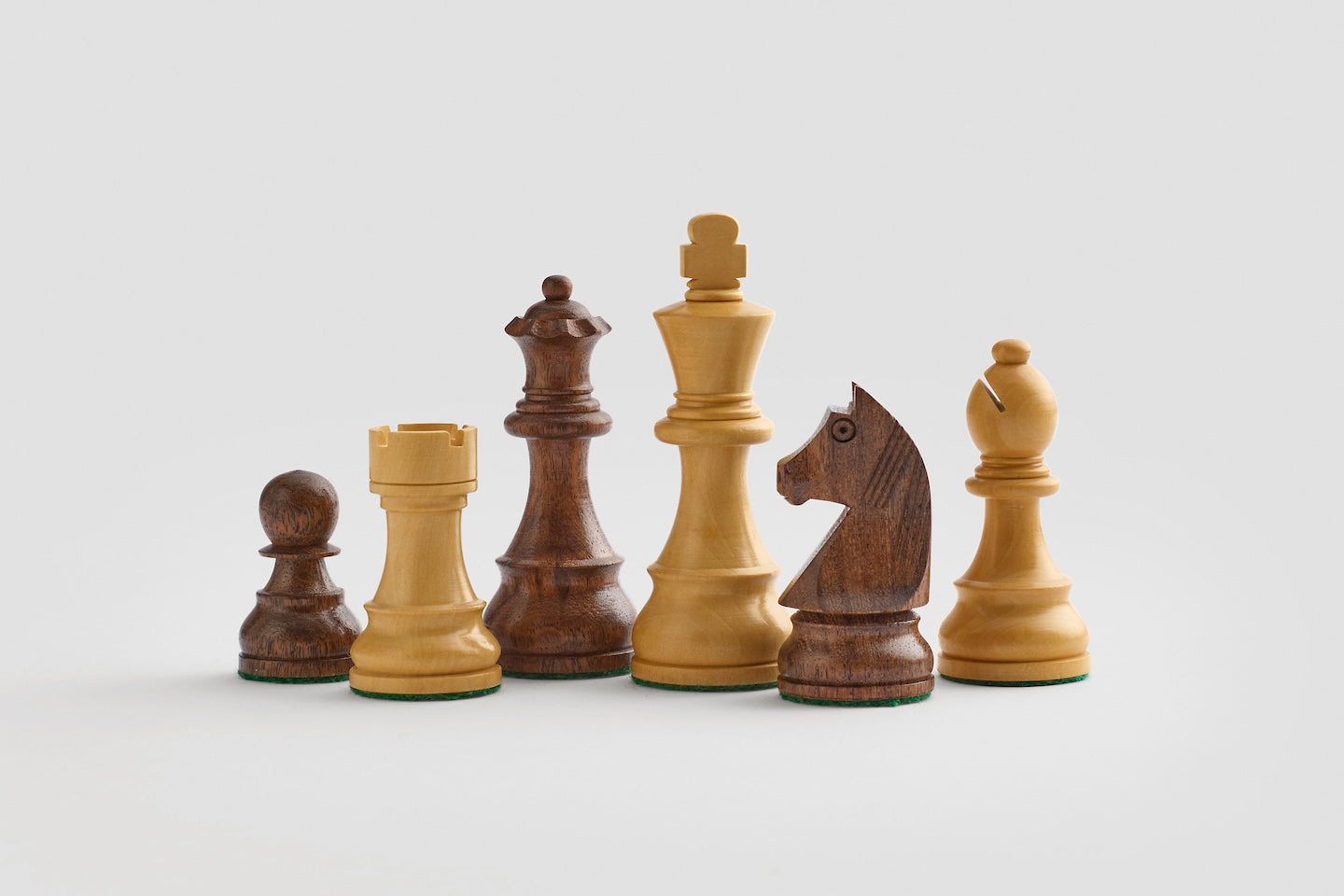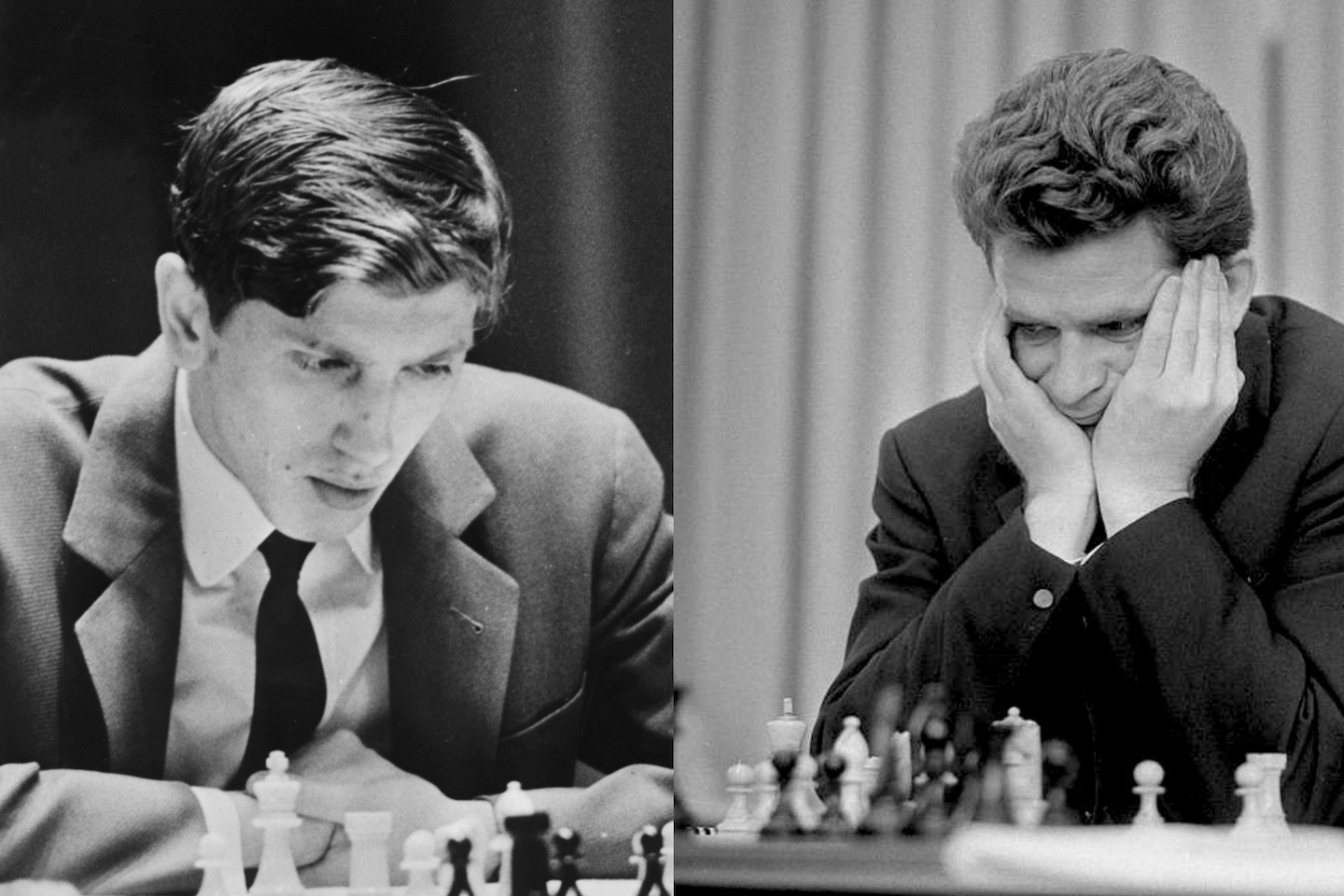
What is a Staunton chess set?
If you have played chess – even once – you have most likely used a Staunton set. This is the design you almost always come across: in tournaments, in clubs, in cafes, in school chess, in the living rooms of grandmasters.
But what is Staunton really? Why did it become the standard? And why do we at Norwald still choose that particular design, more than 175 years later?
A new standard in 1849
The Staunton design was launched in London in 1849 by Nathaniel Cooke, but it was named after the greatest chess player of the time, Howard Staunton, who lent his name and authority to it. At the time, chess pieces were characterized by fanciful and often impractical shapes. Many were beautiful – but difficult to distinguish, unstable and vulnerable.
The idea behind the Staunton design was simple: to create pieces that were easy to recognize, easy to handle, and beautifully proportioned. It quickly became popular, and by the end of the 19th century it had replaced virtually all other designs as the tournament standard.
Recognition and balance
What is special about Staunton is its clear design. Each piece has a clear function – and a clear expression. The king is tall and simple. The queen is almost the same, but with a crown. The bishop has the iconic cut, the rook its bastion, the pawn its modest dome. And then there is the knight – the horse.
Also read: What is a good chess set?
The German horse
There are many variations of the knight within the Staunton design. At Norwald we use what is called the German Knight. It is characterized by its more stylized, upright head and calm expression. Where some versions are dramatic and snarling, the German Knight is dignified and firm. It is hand-turned and carved with discreet details – not to impress, but to balance aesthetics and function.
We chose the German horse because it fits the rest of the set's calm. It is clear in shape, easy to recognize – and without unnecessary drama.
Why we choose Staunton
At Norwald, we work with craftsmanship and materials that last. And we believe that the shape should be able to do the same. The strength of the Staunton design is precisely that it does not demand attention – it leaves room for play.
The pieces balance well. They fit well in the hand. And it's an advantage that the shape is familiar. You don't have to think about what's what. It gives you peace of mind. Both visually and mentally.
We work with variations within the Staunton design. Especially in the knight and in the balance between the types of wood. But we do not change the basic geometry. That would be like changing the checkers of the board – unnecessary, and ultimately disruptive.
See also: How to care for your solid wood chess set
A form that can withstand repetition
The classic Staunton design is not just a tradition. It is a structure that still works – in 2025, as it did in 1849. It was created to be used. Not hidden away. And that is exactly why we keep coming back to it.
A good chess set should feel natural. Like something you want to play with. Not just once. But again and again.
Sources and read more
– StauntonChessSets.com: “What Is a Staunton Chess Set?”
– The British Chess Magazine: “The Enduring Legacy of the Staunton Set”
– Norwald: What is a good chess set?
– Norwald: How to care for your solid wood chess set
– Norwald: This is why children should learn to play chess



